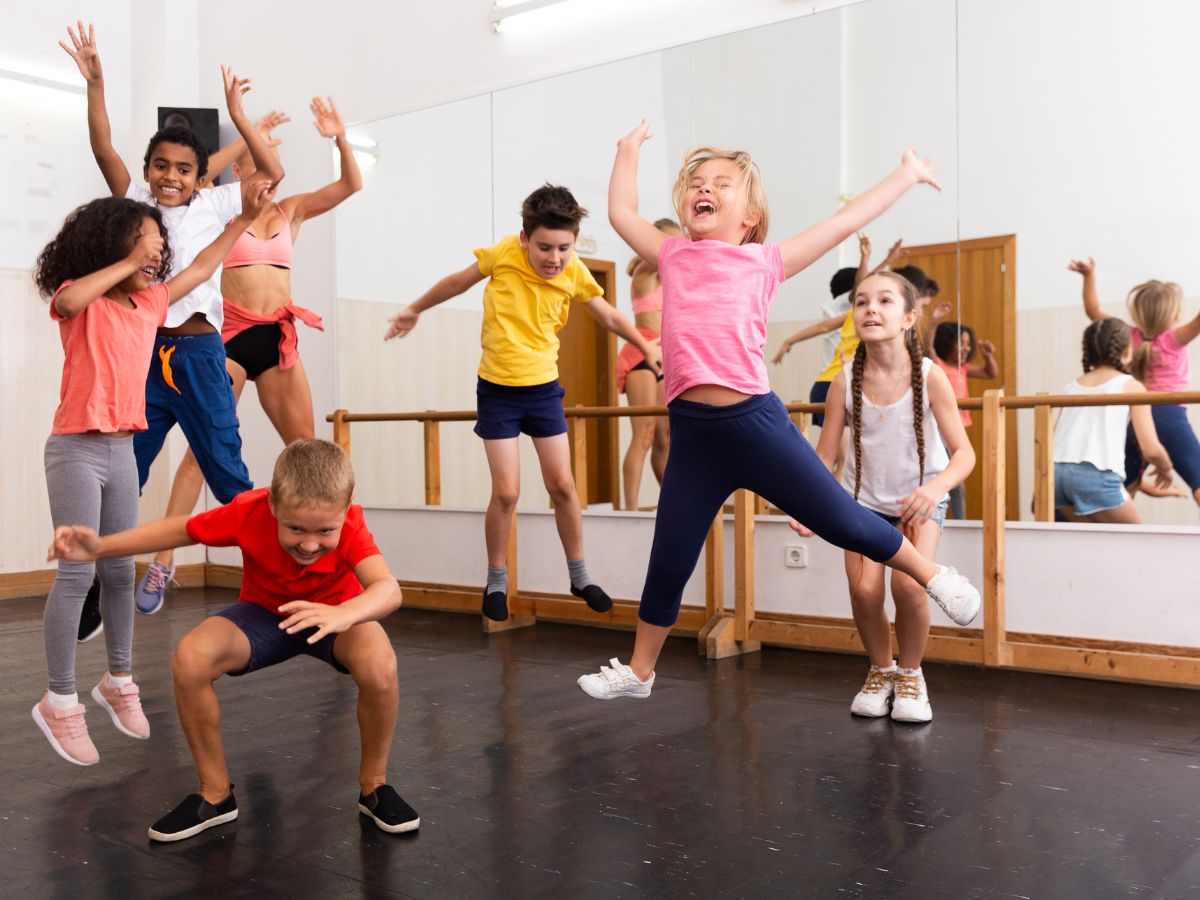Those adults of us who took dance as kids probably realize the four areas that I’m about to discuss that support the statement that dance has benefits for athletes in other sports. In fact, what I share also quickly answers the “Does dance class make one a better athlete?” question with “yes.”
What I’m going to share is from personal experience but it is also confirmed by a very recent blog post on a sports rec blog.
Flexibility and Coordination
I can remember thinking after a high concentration of classes – like the weekends of classes with special instructors that my dance teacher often offered – that there are muscles you use in dance that you don’t use for anything else. I still believe that my advanced age as I recently began an exercise dance class to get myself back in shape. Whether I want to admit it or not, my job is pretty sedentary. Writing blog posts, eBooks, client success stories, press releases and video scripts doesn’t require much physical activity. And even at the low level that this compares to a classic dance lesson class, I’m using muscles that I don’t think I have used since the last lesson that I did take when I was 16.
The moves that you do require flexibility and the combinations require coordination. Your arms may be going in a different direction than your legs and you have to get that right.
Core Strength
It takes a great deal of core strength to do leaps and spins, to get your body into the air for moves and then to land without ruining your body’s ‘line.’ Spinning only the number of times you’re supposed to instead of however many times your speed makes possible takes core strength. There are other proof points of core strength, but you get the idea.
A component of core strength also relates to balance. Dancers ‘spot’ when they do turns and spins. This ability in itself has a great bearing on balance. There are other contributors such as understanding body weight placement and how to even achieve balance to stand on the ball of one foot.
Stamina
The ability to simply take a dance class takes stamina. Many classes are an hour long. Try dancing non-stop or with only tiny breaks for a solid hour. Your tongue is hanging out. Do this for a while and you build stamina.
Brain Engagement
Your arms, legs, head, eyes, shoulders, hips (you get the idea) each have something they are to be doing in every move so dancing properly burns lots of brain engagement. Besides all of your body parts having roles, your body itself also has a place to be in the space you’re in.
You can’t just stare at the wall and do things correctly without a thought….
This is GREAT exercise for your brain and helps you in your thought processes for even more than other athletics. It helps in academics too!
This brain engagement also helps to develop your muscle memory.
Each of these areas are critical for any sport that I can think of. Each – when you excel in it – gives you distinct advantage over your competitors and – yes – makes you a better athlete. It makes bones stronger and tones muscles – which helps prevent injury. It helps maintain healthy body weight, increases aerobic fitness, cardiovascular health and enhances flexibility, sharpens coordination, is great and trains the brain.
Why do you think football heroes Lynn Swann, Emmitt Smith and Hines Ward made dance part of their training disciplines? Entire teams (the San Francisco 49ers and Detroit Lions) have incorporated dance stretching techniques into training and realized reductions in injury rates at as much as 176%. Ice skater Kristi Yamaguchi incorporated dance into her training too. Jean-Claude Van Damme (professional kickboxer-slash-student-of-ballet before he was an action movie star) is quoted as saying, “If you can survive a ballet workout, you can survive a workout in any other sport.”
Today’s term is cross-training but years ago when these folks did it, I don’t think a term had been applied to it – but the results made it obvious that it was smart.
Physically Attuned
I have no doubt that my dance has contributed to how well I can ‘get around’ today. I recover quickly from injury and can pick up physical tasks quickly and easily. I can do many things that my age-equivalents don’t even think of doing and show them up when stretch time comes at my new dance class. It’s something that I look back on and appreciate about my old dance days.
I would take the statement one step further to say that take dance lessons creates healthy and physically-attuned adults.
Sources:
https://www.sportsrec.com/555930-how-does-dance-class-make-one-a-better-athlete.html
https://www.shape.com/fitness/trends/how-dance-can-make-you-better-athlete






